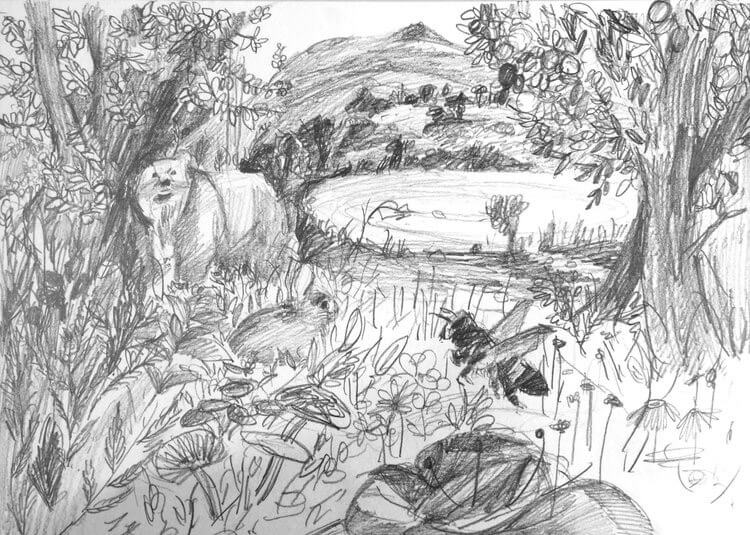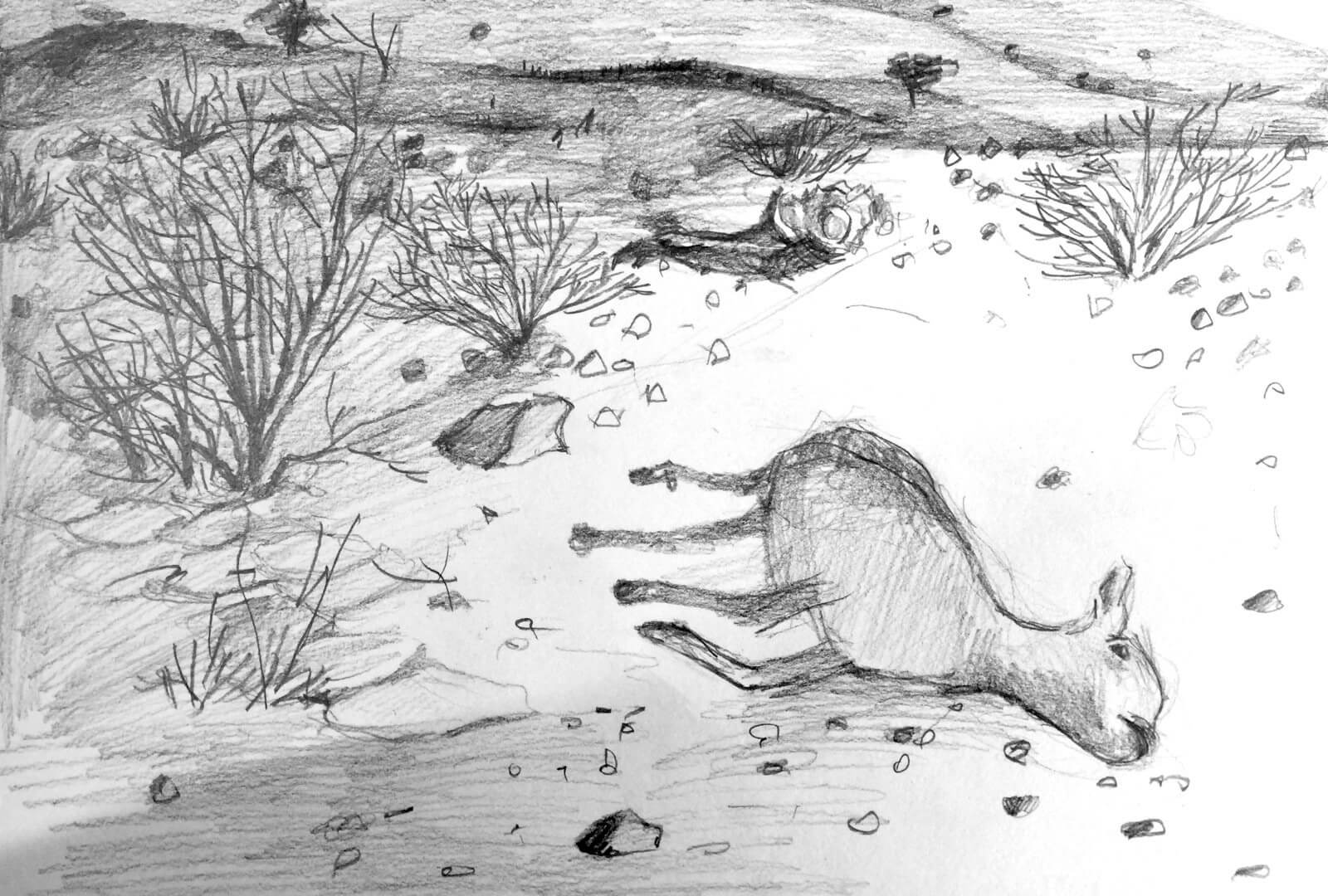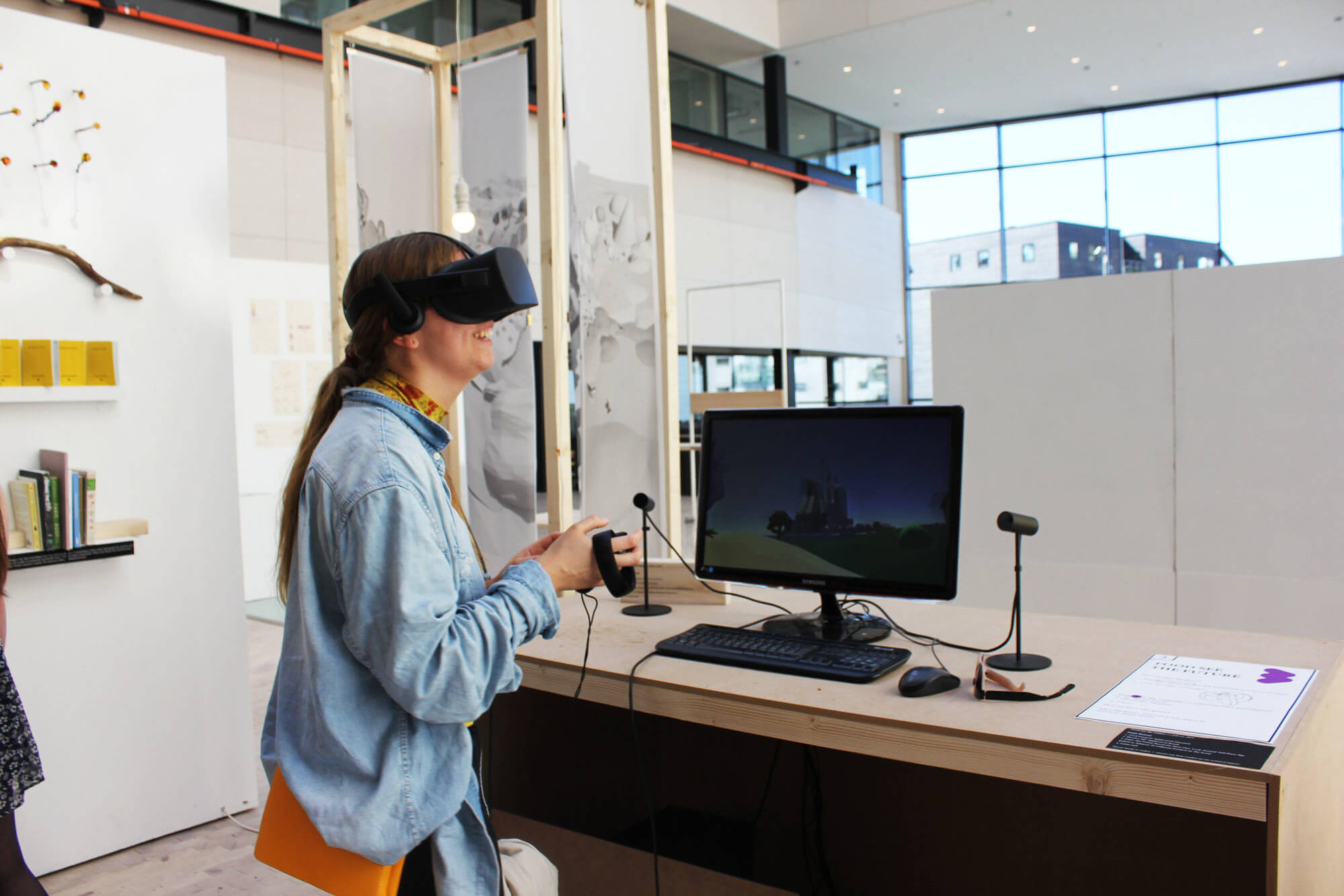”We live in a world shaped by food, and if we realize that, we can use food as a really powerful tool – a conceptual tool, design tool, to shape the world differently.”
– Carolyn Steel
Why urban and food consumption?
Today, 54% of the world’s population is living in urban areas, and this figure is expected to increase to 66% by 2050. Living in urban areas has separated us from nature and the sources of our food. Urbanization creates convenience, security, and efficient society, but, at the same time, it has caused water shortage, deforestation, and desertification in many parts of the world. In order to produce low-priced, large quantities of food for people in the growing cities, companies choose to base agriculture on monoculture; high livestock concentration, antibiotics in animal feed, and pesticide in our food chain. This way of eating and consuming food has been causing tremendous harm to our planet.
Using food as a key to rethinking our consumption behavior
When a supersized meal at a fast-food chain makes more economic sense than having organic broccoli eating the right food becomes a socio-economic issue. My goal for the ”Food sees the future” project is to increase awareness of the fact that eating and consuming means much more than just health and enjoyment. Better food production can enable us to build an equal environment for people, animals, and nature.
Having the choice to buy or consume is a luxury in many parts of the world. As we live in a consumption-driven society, the big supermarket chains first evaluate the purchasing power of a neighborhood before they open a new shop. This leads to food deserts in some poor neighborhoods, which creates inequalities regarding access to healthy food resources. When we eat andconsume, our actions mean a great deal: It is like casting a vote to choose the kind of future we want to live in.
The food diet survey
During this research process, I created a survey to understand how urban people make their food choices.The survey involved combining qualitative and quantitative research. It includes 254 people and 38 nationalities. I found out that there is almost no one who has NOT heard about any food-related issues such as pesticide usage in vegetable and cattle industry, or about food transportation footprint. There are only 8–15 % of people who would say they do not know much about food transportation footprint, deforestation, biodiversity loss caused by farming, and food deserts. If most of the people have heard about the problem caused by industrial food production, what is holding them back from demanding change? The questionnaire to find out is both in English and Chinese with seven questions asking people about their opinions, and the reasons behind their food consumption behavior.
In the English questionnaire, in which the majority of the people who answered are from Europe, it is shown that Europeans care most about three things: Good quality 37%, price 26.5% and eco-friendliness 13.3% when buying food. On the other hand, in the Chinese questionnaire, in which the majority of the people who answered are from Taiwan shows: Taste is the most important, with 38.9%, quality 37%, and price 16.7%.
In the gender section, with the same level of know-ledge, females are more willing to change than males. Males are less optimistic about the situation and do not think their actions matter, if the bigger problem such as the consumption-driven society, do not change 21% of males say that knowing the facts did not affect their diet, or food consuming behavior compared to 15 % of the female. Of the females asked, only 75% answered, and only 25% of the men. Females are, in general more interested in the topic. In addition 10% of males have never been to any food related event or organic store, cooking class, to a farm, food pop-up etc. 4% of females have never been to any food events.
Europeans think that mindset (30.6%), price (23.5%) and knowledge (18%) are the biggest obstacles to better food production, while in Taiwan, people think price (42.3%), mind-set (19.7%) and knowledge (14.1%–9 are the biggest obstacles.
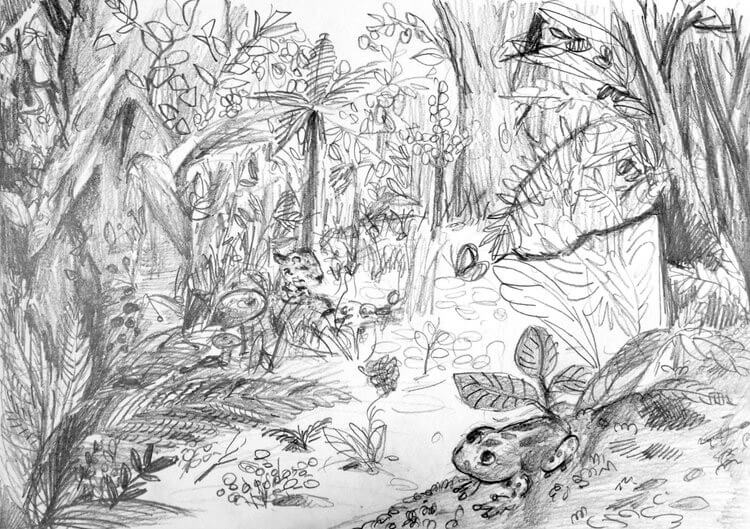
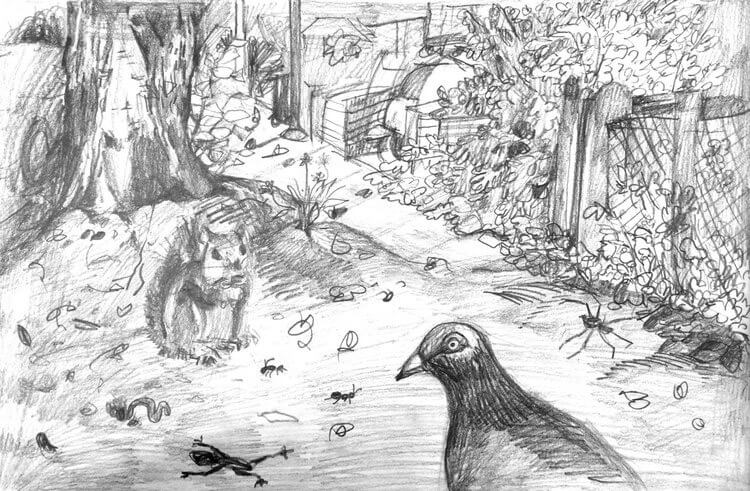
Realization
Living in the city, the food we receive from the grocery store or big supermarket chain has on average traveled 1,500 miles before it makes it to our plate, according to the study published in 2001 by Rich Pirog, associate director of Iowa State University’s Leopold Center for Sustainable Agriculture. We have insufficient information about the food we eat and its journey. We are disconnected from the story behind our food and how it was grown, processed, stored, and transported. It is hard for us to appreciate the effort needed to grow honest food; it is also challenging to link the consequences our decisions have. The market-driven society has distanced us from our food, and the aim for cheap and large quantities of food has sacrificed our environment, and our health. However, eating is a social event that builds human relations. Since food is so relevant to us; everyone has their opinion about food; eating together eventually creates a space for ideas and discussion. Everyone loves food and loves to talk about it. Projects like Getaway Season from Food Studio in Oslo, aim to serve food in a social context, in order to bring stories about food together. My diet questionnaire survey reached nearly 250 people in less than three days, with many people sharing their diet and views on food consumption in the city.
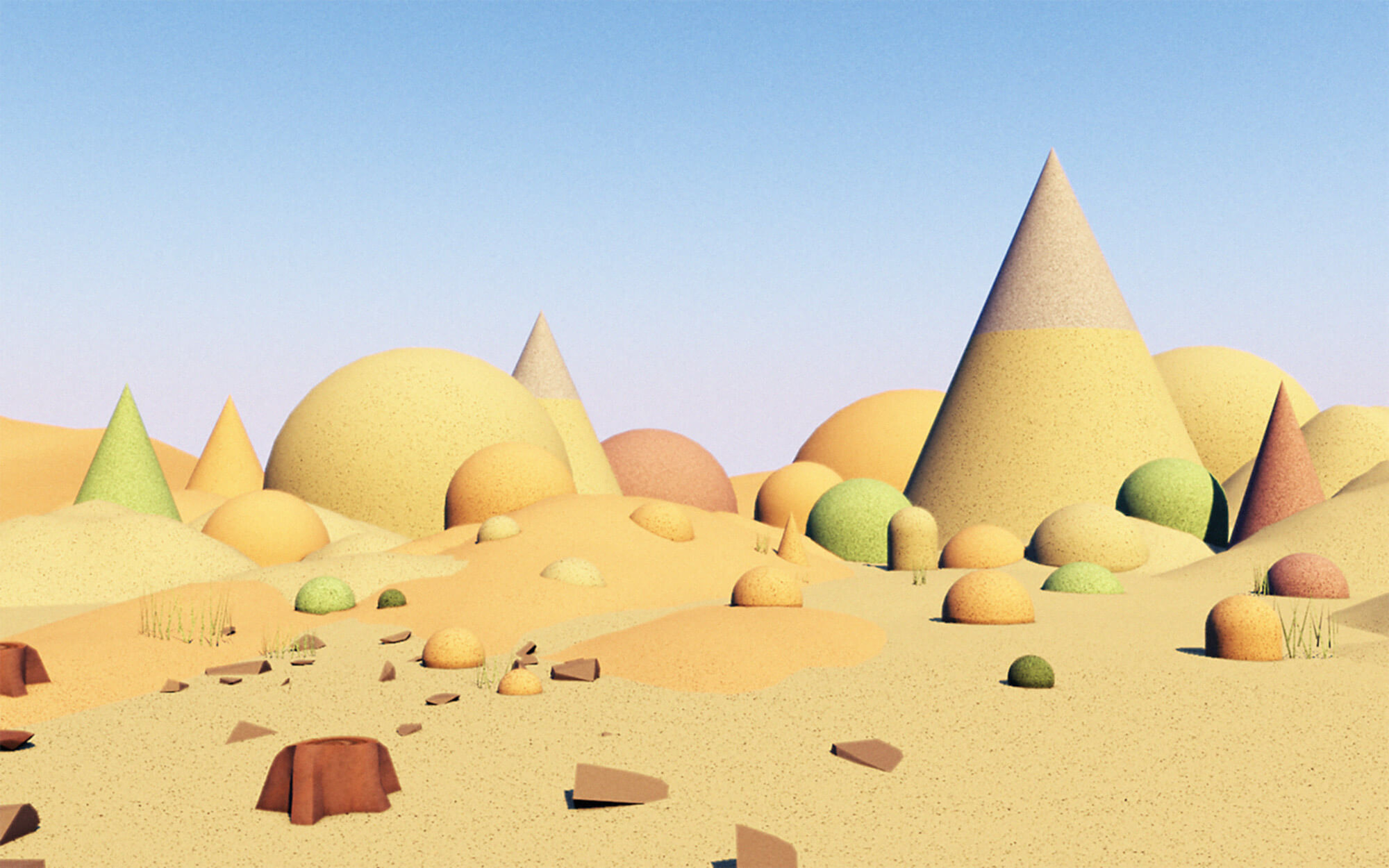
The feeling of guilt
From the beginning of my research, when I started to share my project with people, I could always sense a little discomfort. The reason for this is that in this project, I want to create not only awareness of consequences, but of the possible future which might be brought about by improved behaviour. It told people to change, and think differently about food consumption. People think it is difficult to understand the problem when it is more normal to look away. They also mentioned that they feel guilty after answering the questionnaire, although it was not phrased in a critical tone; the order the questions came in was the only reasons for people to read them as critisism.
Most participants said they would like to change, but because of the price, accessibility, or lack of knowledge, it is challenging to fully commit. Therefore, it is essential for me to take the space created by food and dining; the social, dynamic, sensual and enjoyment aspect of it, and turn it into a method to create positive energy. The soft spot for food means there is enormous prosperity. It is essential for people to know that every little bit of awareness, and reconsideration in consumption could contribute to building a foundation for a better future-food‑system.
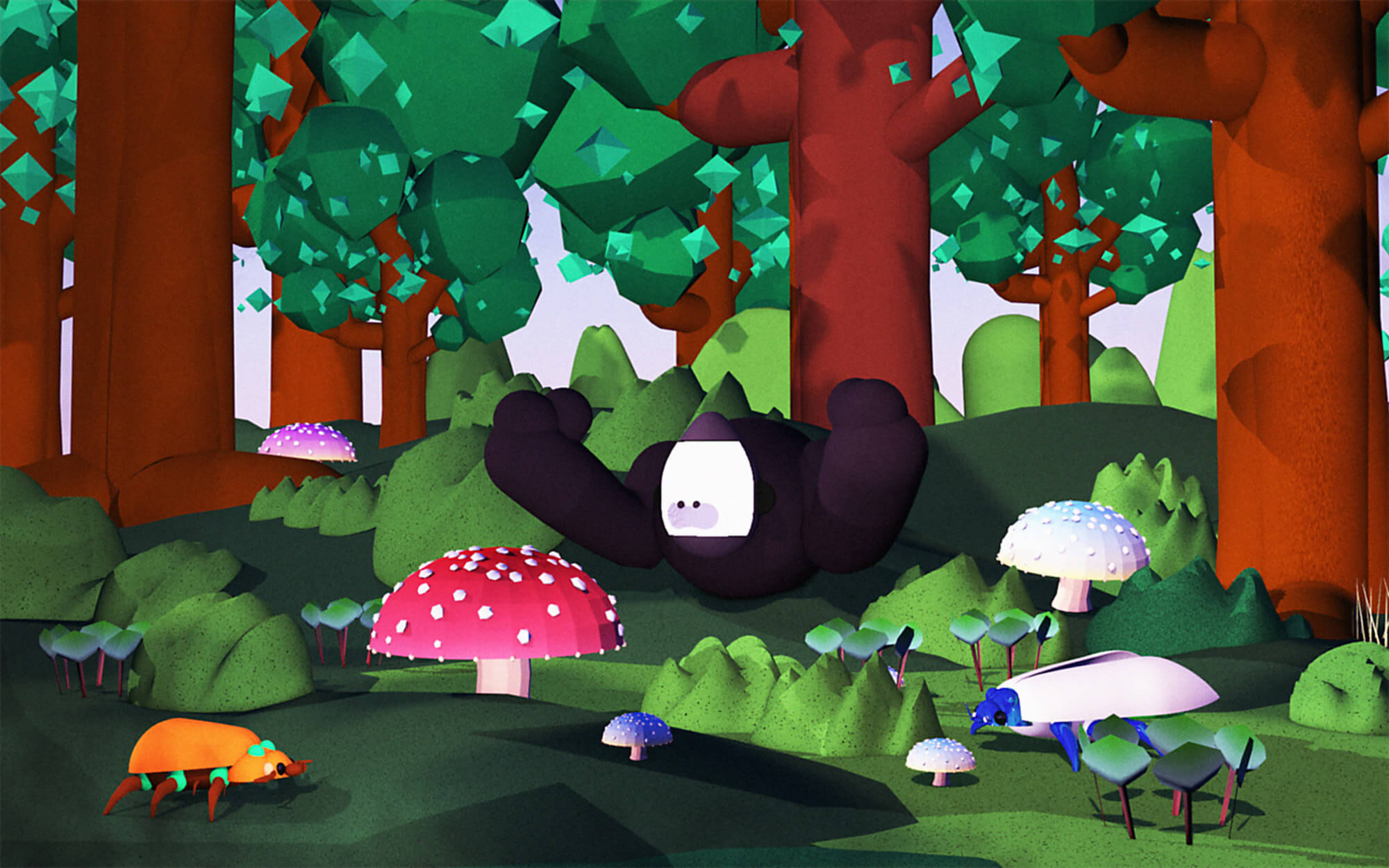
About the Virtual Reality game
Virtual Reality is a tool that can create an immersive experience to encounter this severe issue through a playful mind. With it, I want to build an active link between the real world and a possible future world, and VR seems to be the most appropriate instrument to create a first-person-storytelling-experience. While setting the target audience as new technology lovers, their interest in new technology can make them enjoy the process of learning as well as creating enough awareness to comprehend the link between everyday actions, and environmental issues.
Based on my research, I decided to create a VR game, which could reflect the future world based on a user’s diet. The user first answers a short list of questions; based on the answers, he or she will be matched with a future world. There are four worlds (rainforest, countryside, city, desert) in total, each with different animals, plants, trees, air quality, and landscape. The goal of the game is to bring awareness of how our everyday actions relate to the world.
The VR game consists of three parts
- A player takes the questionnaire and answers the questions about his or her diet.
- The game will direct him or her to the future world based on the result of questionnaire.
- The player interacts with his or her future world.
It surprised me that people could understand the concept of the game as fast as they did, without reading the game description. It also made me happy when I saw people (especially kids) call on their friends or family to try the game during my MA exhibition. They were curious about other people’s results. I confirmed that the ”social” aspect that I wanted to deliver in this project worked. People’s reaction to each world is the most exciting part of this project. When they saw a city-like world, they could sense the cold buildings and the lack of greens; they knew that it was a place dominated by humans; If people saw a lamb skull on the ground, they knew it was because of the water shortage problem in that world. When people with a higher eco-score tried the game, they were proud, and encouraged by the fact that the rich and colorful future world was based on their action.
Conclusion
Eating is a social event that creates human relations, and the interactive aspect of the gamedesign presentation could be included in the presentation of the problem description. Food design projects can involve personal experiencs, answers and thoughts to “stew” on different answers, and encourage engagement. Eating is an action you can experience with all senses. The food project itself is a good medium for people to engage and interact through, but taste is also based on a personal experience. Therefore, it is crucial to create interaction with the users that could also reflect their personal views or opinions on the issues at hand.
When answering the questionnaire people were frustrated that their perfect world for eating is too hard to achieve. Most people have a mindset that they want to change to make the food situation better, but somehow are hopeless and do not know where to start. Therefore, it is essential to create a fun setting to encourage any efforts; to create an open and encouraging tone of voice and avoid direct criticism; to provide a better understanding of ones own behavior is an integral part of the project.
The game is a soft medium to build a relationship with people. To bring out awareness by imaginative answers to a future speculative proposal. The game and the imaginative setting can lead players to engage in believing their actions could make a difference, and suspend disbelief. The hope for the future is to fuel change. Visualizing the future of how (and what) we eat through a gameplay environment in order to trigger people into thinking more about their everyday actions regarding food consumption.
One of the most beautiful characteristics of food is how relevant it is to us. By understanding that we can see how the foodsystem of the world is linked together; global trade, transportation, economy, politics, society and people. It is one of the most significant economic factors in the world; food builds our cities, and it is simply the energy source for our bodies. Because of this, the search for a better food system will always be relevant to us.
Reference
- Lu, I. Food Sees the Future, ichih.io [Internet]. https://www.ichih.io/food-see-the-future/ [Read 11.11.18]
